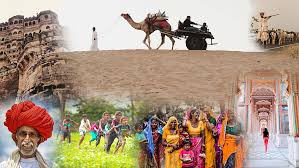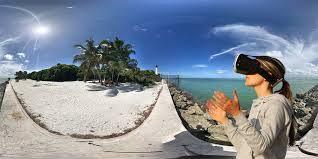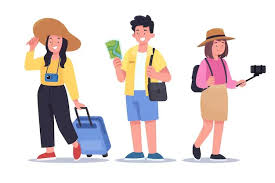In the age of digital connectivity, social media has transformed how we perceive and experience the world. Once limited to travel books, television documentaries, or the occasional vacation abroad, global exploration is now just a swipe away. Platforms like Instagram, TikTok, YouTube, and even X (formerly Twitter) allow us to immerse ourselves in diverse cultures, discover hidden gems, and connect with people from all corners of the globe — all from the palm of our hand.
A New Lens on Travel
Gone are the days when planning a trip involved flipping through heavy guidebooks or relying solely on travel agencies. Now, a quick search for a location hashtag like #BaliAdventures or #TokyoEats unveils a cascade of real-time content: drone shots of lush rice terraces, vlogs of bustling street markets, or stories about local customs. Social media offers an unfiltered (or sometimes heavily filtered) view into the everyday lives, celebrations, and struggles of people worldwide.

Instagram, for instance, has become more than a platform for selfies and aesthetics. It’s now a powerful visual discovery tool. Travel influencers and digital nomads regularly document their experiences, offering followers practical tips, hidden spots, and cultural insights. Similarly, TikTok has exploded with bite-sized videos that showcase off-the-beaten-path destinations, budget travel hacks, and cultural do’s and don’ts — making global exploration not only accessible but engaging and entertaining.
Breaking Cultural Barriers

One of the most powerful aspects of social media is its ability to break down stereotypes and humanize distant cultures. A food blogger in Istanbul, a dancer in Rio, or a student in Nairobi can all share their lives with global audiences. This exchange fosters empathy and curiosity. Rather than seeing foreign cultures as abstract concepts, social media allows users to experience them personally and visually.
Language, once a major barrier, is now easier to navigate. Automatic translation tools on platforms like Facebook and YouTube mean content can reach wider audiences, even if the creator and viewer don’t speak the same language. Cultural trends, dances, music, and even memes now travel across borders, helping people connect through shared humor, interests, or passions.
Virtual Travel in Real Time

Social media became especially important during the COVID-19 pandemic, when physical travel was restricted. Livestreams, virtual tours, and digital storytelling became the main ways to “travel” and stay connected with the world. Museums offered virtual walkthroughs on Instagram, national parks livestreamed wildlife on Facebook, and YouTubers continued to explore their local areas, giving followers a way to experience different environments without leaving home.
Even post-pandemic, many people continue to rely on social media for inspiration and exploration. It’s not just about where to go — but how to go. Sustainability, local tourism, and off-season travel are now widely discussed on platforms, influencing how people explore the world more responsibly.
Challenges of the Social Media Travel Culture
While the benefits are undeniable, it’s important to approach social media-fueled exploration with a critical eye. The polished, highlight-reel nature of content can create unrealistic expectations. That cliffside infinity pool in Santorini? It might be packed with dozens of other Instagrammers waiting their turn. That peaceful mountain trail in Peru? You may not see the long queue behind the camera.
Over-tourism is also a consequence of viral content. When a destination gains sudden fame — often from a single post or influencer — it can become overwhelmed by visitors, leading to environmental damage or strain on local communities. Social media has the power to shape travel trends, and with that comes a responsibility to promote mindful exploration.
Additionally, cultural appropriation and misrepresentation can become issues when influencers portray traditions without context or understanding. Respect for local cultures, people, and environments should be at the heart of social media travel content.

The Democratization of Storytelling
Perhaps one of the most empowering effects of social media is that anyone can be a storyteller. Local voices are no longer silenced by lack of access to traditional media. A Maasai warrior can upload a video of daily life in Kenya. A street artist in Mexico City can showcase their murals. A grandmother in Thailand can share traditional recipes that go viral. Social media has democratized storytelling, giving rise to diverse narratives and new perspectives that would otherwise remain unheard.
This shift has also changed how travelers interact with the places they visit. More are choosing to engage with local creators, attend community-led tours, or support small businesses they discovered online. The relationship between content creators and viewers is increasingly collaborative and community-oriented.
Exploring the world through social media has opened up limitless possibilities. It’s allowed us to travel virtually, connect cross-culturally, and learn from perspectives far beyond our own. But as we scroll through curated feeds and dream of distant places, it’s worth remembering that behind every post is a real place, with real people, traditions, and complexities.
Used thoughtfully, social media can be a gateway to deeper understanding and more meaningful exploration. So whether you’re planning your next adventure or just feeding your wanderlust from home, take a moment to engage, learn, and explore — one post at a time.
